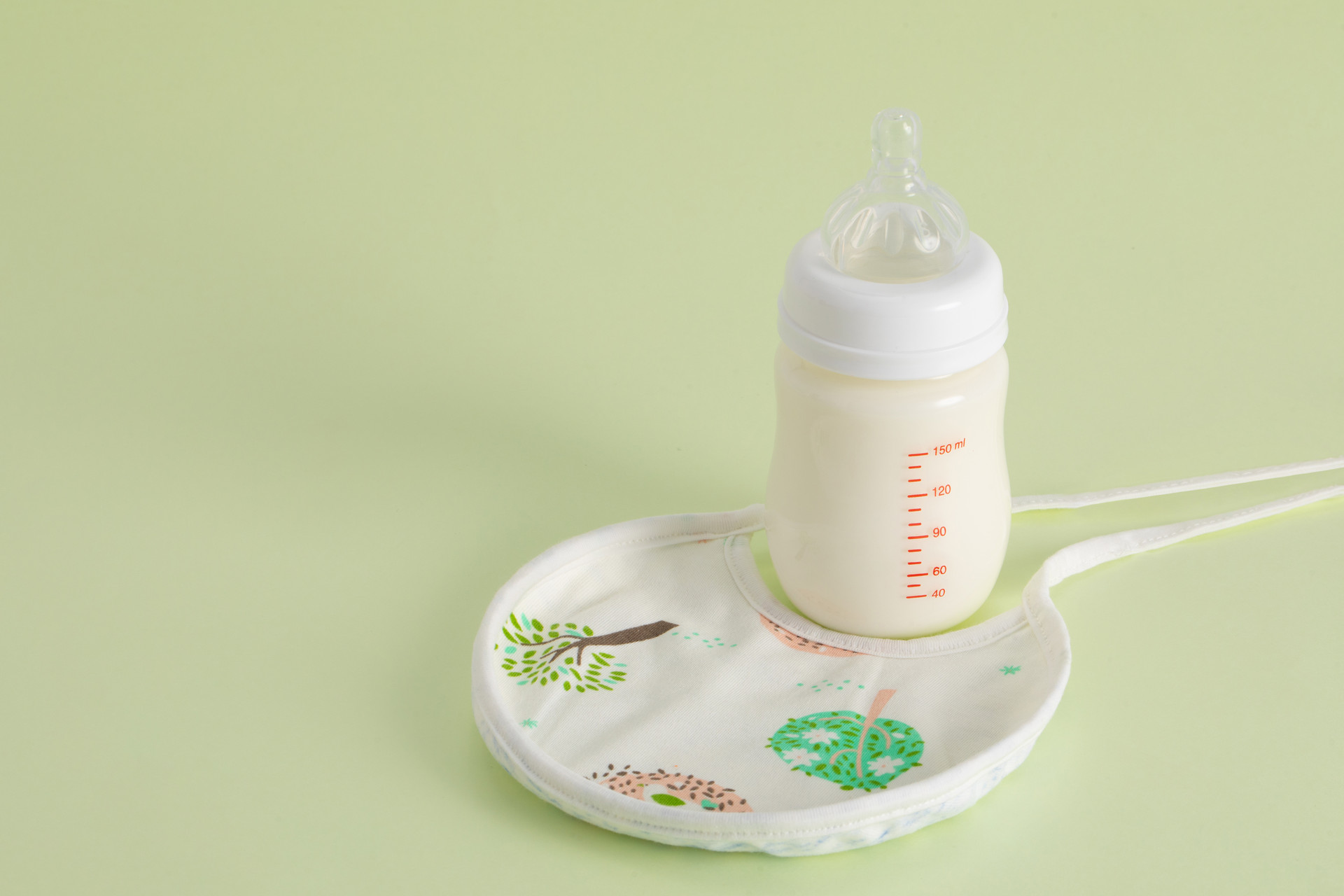Due to the excessive bleeding during childbirth and the physical and blood loss during delivery, postpartum women are often weak and vulnerable to wind and cold. Ginseng is known for its ability to replenish vital energy, but is it suitable for postpartum women?
Can postpartum women use ginseng?
Ginseng can replenish energy and stop bleeding. However, if taken immediately after delivery, it can reduce the amount of lochia, making it difficult for the lochia to be discharged. This can lead to blood clots in the uterus, causing abdominal pain and even incomplete placental detachment, which may result in heavy bleeding. Therefore, it is necessary to wait for about two to three weeks after delivery when the blood clots have disappeared before taking ginseng tea.
How to properly care for postpartum women
1. Be cautious with temperature
Adjust clothing and indoor electrical appliances according to changes in climate and living environment. The indoor temperature should be around 25-26 degrees Celsius with a humidity of about 50%-60%. Wear long sleeves, long pants, and socks to avoid catching a cold or exposing joints to wind, cold, and dampness.
2. Balance labor and rest
Moderate labor and rest are helpful for lochia discharge, joint recovery, and body shape restoration. Initially, postpartum women may feel weak, dizzy, and fatigued. It is important to rest in bed more and limit the time spent standing or sitting to avoid lower back pain, leg pain, and joint pain.
3. Maintain cleanliness
Regularly wash hair and body to maintain cleanliness and prevent bacterial infection and inflammation.
4. Adjust diet
The first three points apply to everyone, but diet may vary depending on individual constitution. Additionally, if there are any difficulties with lochia discharge or breastfeeding, or if there are symptoms such as cold, headache, mouth sores, itchy skin, or stomach pain, dietary changes may be necessary.
Lotus root is suitable for postpartum confinement
Lotus root is rich in starch, vitamins, and minerals, making it a nutritious and refreshing food. It can nourish the spleen and stomach, moisturize dryness, promote blood circulation, clear heat, and promote milk production. Eating lotus root can help remove accumulated blood in the abdomen, improve appetite, aid digestion, and facilitate breastfeeding.
Dietary considerations after cesarean section
Mothers who have had a cesarean section have higher nutritional requirements compared to those who have had a normal delivery. The anesthesia and surgical procedures involved in a cesarean section can be taxing on the body, resulting in a slower recovery compared to a normal delivery. Therefore, the dietary arrangement after a cesarean section should be different from that after a normal delivery. Within 6 hours after the surgery, it is advisable to consume some liquid foods (such as radish soup) to enhance intestinal peristalsis, promote gas expulsion, reduce bloating, and facilitate bowel movements. Foods that are prone to fermentation and gas production, such as sugars, soybeans, soy milk, and starch, should be consumed in moderation or avoided to prevent bloating. Once gas has been expelled, the diet can transition from liquid to semi-liquid foods, which are nutrient-rich and easily digestible, such as egg soup, porridge, and noodles. Gradually, the diet can return to normal based on the mother's constitution.











